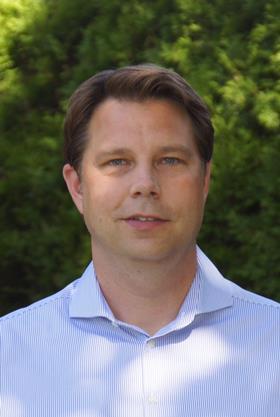Never underestimate the human factor in a potential loss event, because you could suffer losses that could be easily prevent, writes Swiss Re Corporate Solutions
The insurance industry pays out millions of dollars in losses that can easily be prevented, and a large proportion of these losses can be traced back to manmade and human performance integrity risks, that, at the time, may have went on unidentified.
Take the 1996 oil explosion at the Cactus gas plant in Chiapas, Mexico. A faulty and outdated valve caused 100,000 bbl of leaded and unleaded gasoline to burn out of control, resulting in $175m of damages. It also killed eight people and injured 20 more. An investigation concluded that human error was the root cause. An error that could perhaps have been prevented with the right corporate culture.
Human performance integrity risk is traditionally very difficult to identify. One of the main barriers to managing such risks is the absence of a culture that empowers employees to speak up about issues that could affect critical performance –personal stress and fatigue, for example.
Whether the threat relates to issues such as human performance integrity risk, corporate culture or other unforeseen risk, risk engineers play a vitally important role by helping reduce the uncertainty, discover unknown threats, quantifying and mitigating losses to our insureds assets.
We’ve worked with many clients on identifying unanticipated risks. We start by conducting a detailed site visit and survey of everything from ‘hardware’ (process designs and protection), ‘software’ (management systems, audits and procedures), to ‘lifeware’ (safety culture, staff motivation and alertness). During this stage, we discovered a gap in leading through a cultural change at one of our clients and successfully applied the Human Performance Integrity approach.
As part of this exercise, we use tools that can measure a company’s safety culture in general. We have also built a new tool to measure the resilience of an organisation their ability to react to any disruption. Reports are then drawn up, with recommendations of where improvements can be made and a joint risk improvement strategy is developed.
Some of these threats may appear uninsurable but through a collaborative approach, involving key stakeholders – risk engineers, brokers and risk managers – we collectively arrive to a decision together on what the best solution for any unforeseen risk should be. By doing so, we can challenge the concept that some risks are ‘uncertain’ or ‘uninsurable’, and drive innovative thinking to come to a joint decision on the solution.
With our industry-specific approach, we provide an unbiased, external view of the risk landscape, corporate culture and industry benchmarks. Combining the global experience of the Swiss Re group with local experts from various fields, we engage, learn, prevent and mitigate losses to our insureds assets.
It is critical to ensure that all three cogs are moving – the ‘hardware’, ‘software’ and ‘lifeware’. After all, if you think safety is expensive, try a loss.
 Ulrich Straub
Ulrich Straub

Philip Brandl
Ulrich Straub, risk engineer and Philip Brandl, manager risk engineering services, EMEA, Swiss Re Corporate Solutions




















No comments yet